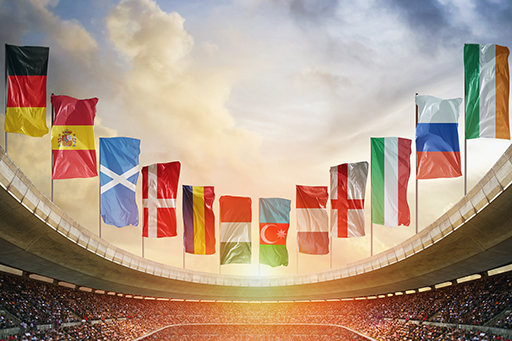2 Citizenship: not as straightforward as it seems?
Between 8 and 12 per cent of male players competing in World Cups from 1930 to 2018 represented nations in which they were not born (van Campenhout et al., 2018). While this statistic shows that the case of Diego Costa certainly isn’t an isolated one, numbers only ever tell half a story and they fail to explore the historical contexts associated with changing national allegiances.
In relation to footballers, the acquisition of citizenship tends to occur in one of three ways, as evidenced by those who have a choice in who they represent at national level (see Table 1).
| Reason | Explanation | Example |
| Birth in the territory | Citizenship granted based on footballer being born in that nation. | England’s Leah Williamson was born in Milton Keynes. Therefore she has English citizenship. |
| Through descent | Citizenship granted based on the nationality of a footballer’s parents or grandparents. | German-born Kevin-Prince Boateng opted to represent Ghana at full international level. He was able to do this due to his Ghanaian father. Interestingly his brother, Jérôme, chose to represent Germany. |
| Stakeholder principle | Citizenship granted to a footballer who migrated to a nation, often by playing in that country for a set number of years. | Brazilian-born Mário Fernandes gained Russian citizenship after playing for CSKA Moscow since 2012. |
While players representing more than one nation is uncommon, some well-known instances occurred before FIFA introduced regulations to prevent nation swapping in 1962. Argentine-born Luis Monti played in the 1930 men’s World Cup final, before going on to represent Italy in the 1934 final, while Alfredo di Stefano played for Argentina, Spain and Colombia during an international career which spanned from 1947 to 1962 (though the latter wasn’t recognised by FIFA at the time).

